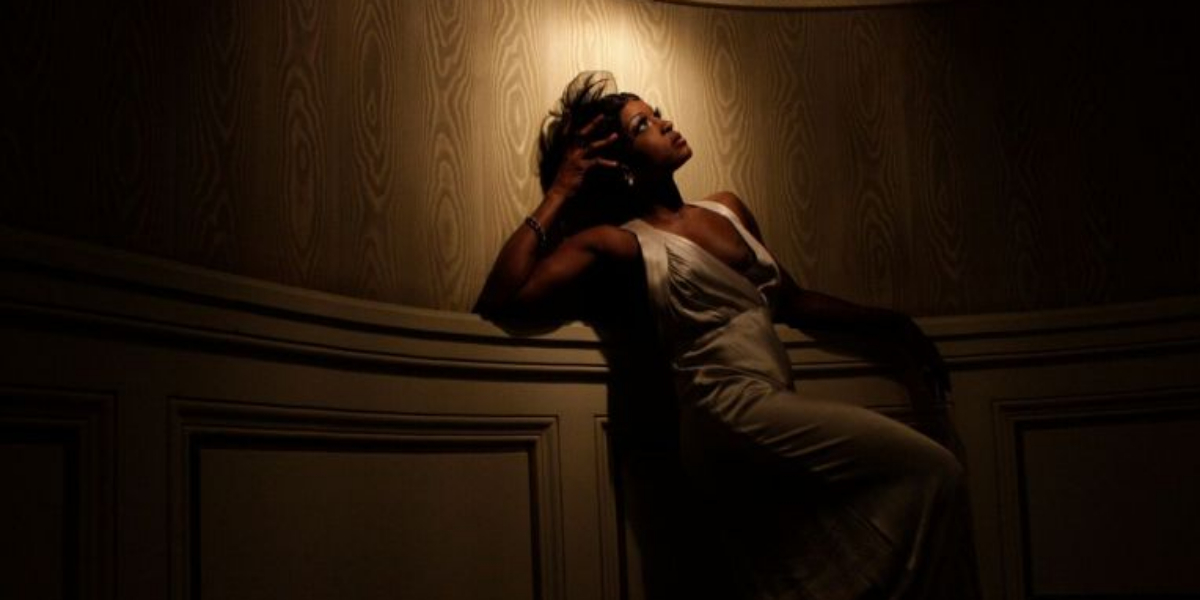As Josephine Baker becomes the first Black woman to enter the Pantheon — the mausoleum dedicated to France’s “great men” — later this month, we look back on her wild and wonderful life:
June 3, 1906: Born into extreme poverty in St Louis, Missouri. Left school at 13, later moving to New York City to perform on Broadway.
1927: Causes a sensation — and becomes a fashion icon — after dancing the Charleston in Paris in a banana skirt and pearl necklace that would later become iconic.
1931: Releases her most successful song, “J’ai deux amours” (“Two Loves”).
1937: Become a French national after marrying industrialist Jean Lion. She helps him and his Jewish family escape the Nazis.
1939: Joins the French Resistance and becomes a wartime spy, obtaining information on Benito Mussolini and sending reports to London hidden in her music sheets in invisible ink.
The 1950s: After the war, she started to adopt children from all over the world, forming her “The Rainbow Tribe”. She had two daughters and 10 sons who lived with her at the Chateau de Milandes in southwest France.
1951: Refuses to perform to segregated audiences in the United States.
1963: Takes part in March on Washington, speaking after Martin Luther King’s “I have a dream” speech.
1969: Loses her chateau due to debt and is put up by Princess Grace of Monaco.
April 12, 1975: Dies aged 68 from a brain hemorrhage, three days after a triumphant Paris comeback and a star-studded gala to honor her 50 years in showbiz.
November 30, 2021: Baker enters the Pantheon in Paris, one of only six women to be numbered among France’s “immortals”.





















